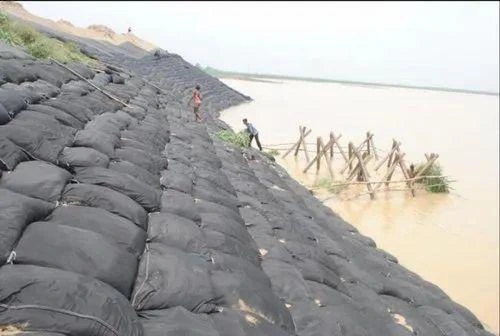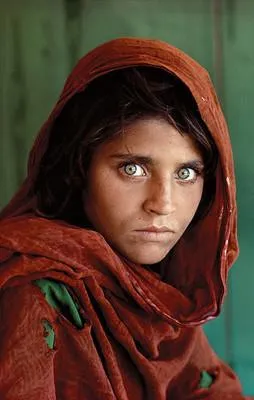One of India’s oldest industries is the Textile industry. Known for its hand spun fabrics, intricate embroideries and traditional textiles, the textile industry is also amongst the largest employers in the country. One of India’s biggest advantages and strength lies in it being the largest producer of cotton and jute and second largest producer of man-made fibres and silk across the globe.
Emerging India has seen exponential growth in the textile industry and amongst many other segments in the textile industry, Technical Textiles has received special attention in recent times. The term technical textile was coined in the year 1985 when industrial growth across the globe was racing towards new heights. The definition of technical textiles adopted by the authoritative Textile Terms and Definitions, published by the Textile Institute, is ‘textile materials and products manufactured primarily for their technical and performance properties rather than their aesthetic or decorative characteristics. With industrialization the need for specialised textiles for industrial use was introduced. These were basically research based textiles which substantially supported industrial processes. Technical textiles are knowledge-based research products and hence the name. Technical textiles are manufactured using both natural as well as man-made fibres such as Nomex, Kevlar, Spandex, Twaron which have superior functional properties such as higher tensile strength, insulation, weather resistance etc. Various industries like automobile, healthcare, aerospace, defence etc extensively use technical textiles. The list is dynamic and has ever since its inception kept increasing considering the versatility of technical textiles.
The gradual alignment of industries towards technical textiles across the globe due to technological advancement was also considered by Indian industries and evident shift from traditional textiles to technical textiles has been seen in India. The gradual invention and development of specialty fabrics and fibres in almost all industrial areas suggest that the importance of technical textiles is going to increase in the future.
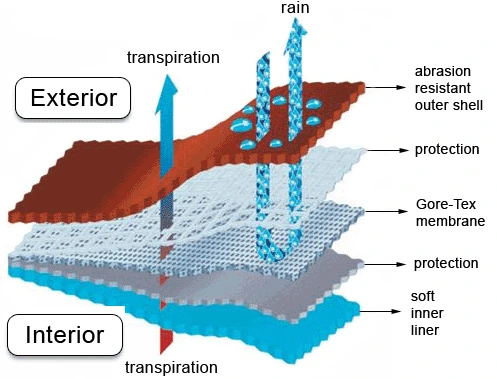
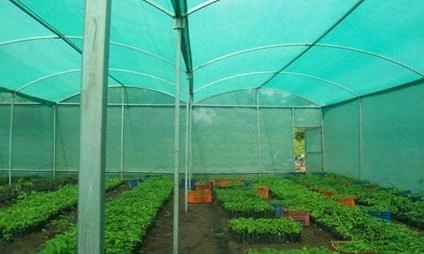
Classification of Technical Textiles
The classification of technical textiles on the basis of different segments has been developed by Techtexil from Messe Frankfurt Exhibition GmbH which is widely used in Europe, North America and Asia. The classifications are:
Indian Technical Textiles – a SWOT analysis
STRENGTHS
- Availability of young and cheap manpower. India has one of the youngest populations in the world and it is estimated that this abundant manpower will provide cheap labour cost in the coming years
- In the APAC region India and China are the only two nations with the entire textile value chain in both natural and synthetic fibres.
- The Government of India has introduced strong policies to foster growth in the sector.
WEAKNESS
- In the current scenario, India has import dependency in machinery
- Since the usage of technical textiles in India is fairly new, there is low awareness with end users
- Technical textiles, though a sunrise sector, ails from lack of standardisation and regulations which adversely affects the growth of the sector.
OPPORTUNITIES
- India is among the fastest growing economies in the world. This has led to higher disposable income and increased awareness among the young Indian population on functional products. Further, India’s economic growth has led to growth of various end user industries such as Automobiles, Healthcare, etc., resulting in increasing demand for technical textile products
- Functional products are still in nascent stage in India and hence it can be safely assumed that there is a huge untapped commercial market in the country
- Institutional buyers such as railways, defence forces, hospitals, etc., are still heavily dependent on imports for high-value technologically intensive technical textile products which provides an ample opportunity for growth in the sector
THREATS
- China is marching ahead in technological innovations. This creates a major threat to Indian companies in the sector
- Institutional buyers such as defence have traditionally opted for the import route for procurement of several technical textile products owing to ease of availability of ready product conforming to the required standards.
Major growth areas in the Technical Textiles segment
An analysis of the Indian technical textile market indicates that the most prominent segment in the technical textile industry is Packtech. The Packtech segment is followed by other high growth potential segments such as Indutech, Hometech and Mobiltech. Based on analysis of import data, Mobiltech, Indutech and specialty fibres are some of the products which are currently being extensively imported into India. A favourable policy in import substitution will enable this segment to grow. Other segments like Meditech, Geotech, Sportech and Clothtech are just in the evolving phase and with the passage of time these segments will see higher growth rates in the near future.
Government of India has introduced major policy initiatives with regards to the technical textiles sector. Textiles Ministry has launched Center of Excellence across the country for research and development in technical textiles.
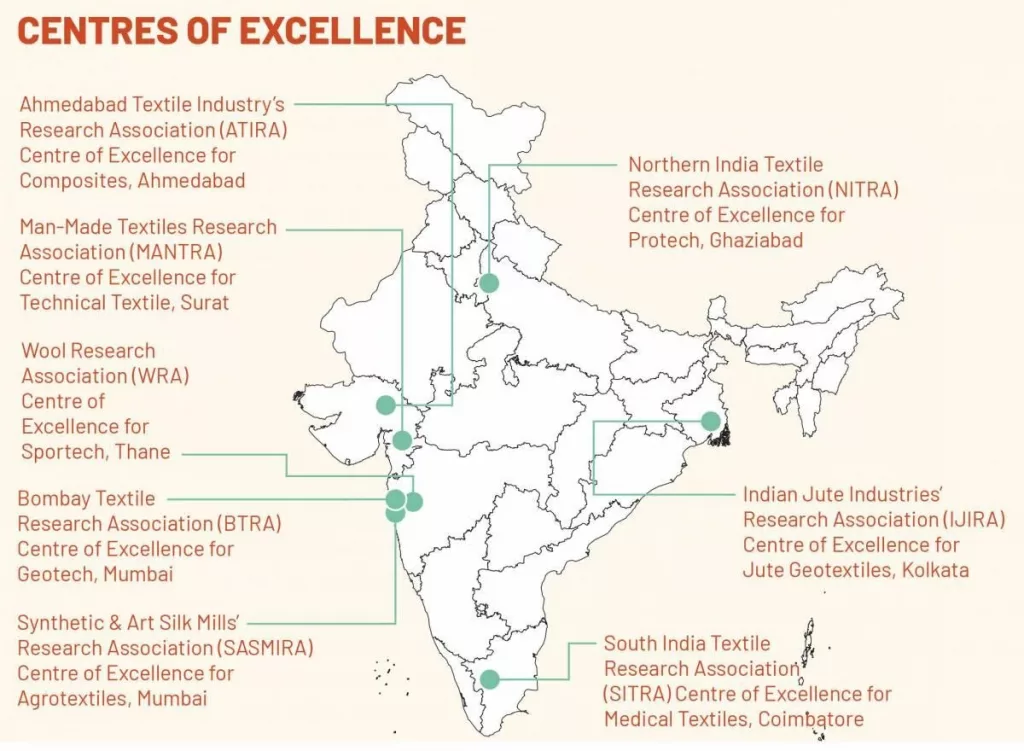
An analysis of the current textile products indicates that at present some 60% of all the textile products made worldwide employ fibres that were not yet being marketed just fifty-sixty years ago. There are estimates that 30% of the products sold fifty years ago have not even been invented yet. Technical textiles are fabrics of the future. These fabrics of the future will be entirely re-conceptualized. All over the world researchers have been asked about the products that will be appearing on the market in the next few decades, and their belief is that there will be materials capable of repairing themselves when damaged, fabrics with built-in digital devices, smart textiles with nano materials and much, much more. Technical textiles will provide innovative solutions for global problems, such as pollution, health issues, transports, protection, communication, and so on.
Along with these developments across the globe, in India too, domestic demand is picking up. A plethora of new and existing companies in India have initiated research and developments in technical textiles for automobiles, safety related textiles such as used by soldiers at high altitudes, ballistic fabrics etc. The exports of technical textiles from India stands at Rs 14,013 crore in 2018-19 and it is expected that it will reach a level of Rs 20,000 crore in next two years. The overall trade deficit, in this sector, has decreased from Rs. 1,100 crores in Jan-June 2018 to Rs. 523 crores in Jan-June 2019. It indicates that the technical textile sector in India is doing well, and it has the ability to tap global markets.
The Technical Textiles sector in India is estimated to be growing at the rate of 12% per annum whereas it has the potential to grow at 20%. In order to achieve this annual growth in this sector, it is felt that there is a latent need for a proactive approach towards expanding the existing market, promote usage of technical textiles in various Government schemes and programmes, increase awareness among the citizens and institutions in the country. Though large industries have recently forayed in this sector Technical Textile Industry in India is mostly in MSME sector and needs international exposure in technology adoption as well as introduction of new products in the domestic market. Further, using the latest technology; going for foreign collaboration and joint ventures; establishing close cooperation with the country's technical institutes; greater investments and developing domestic market for creating demand for technical textiles are some of the measures that are needed to be taken for rapid growth of this sector in the country. Below mentioned concrete steps need to be taken to ensure conducive industry ecosystem to transform India into a global technical textiles hub.
- Raising awareness of end-use applications
- Development and implementation of standards for technical textile products
- Regulatory reforms supporting the usage of standardised technical textile products
- Incentivising research and development in the field of technical textiles
- Dedicated courses on technical textiles for entrepreneurship training
- Improving availability of skilled manpower
- Promoting indigenous manufacturing of high-performance specialty fibres
- Promoting institutional buying
- Promotion of exports of technology intensive technical textiles
- Incentivising production of technical textiles machinery
In conclusion, to sum up, it can be safely said that with proper thrust in the right direction, India can be placed as a global leader in Technical Textile production and consumption and also a major exporter.
